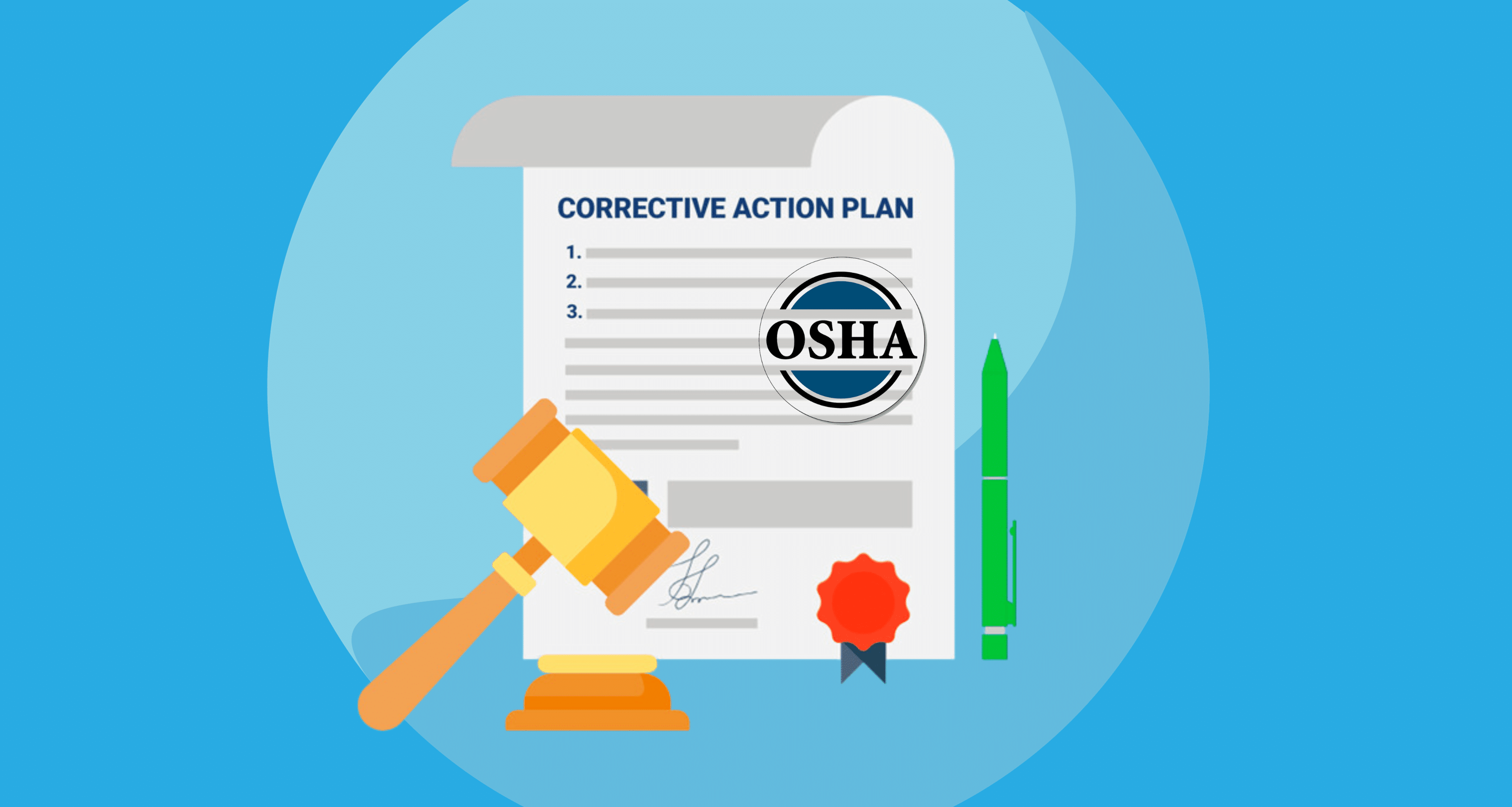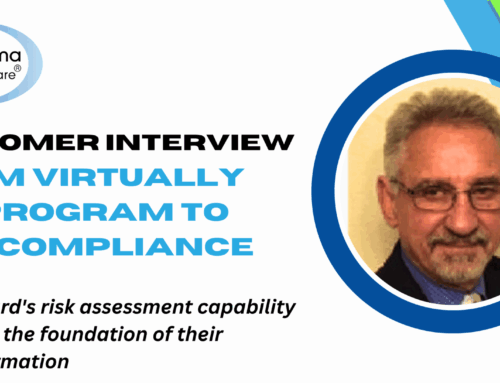
To maintain safe and healthy work environments, organizations must adhere to strict guidelines set by regulatory bodies. One such prominent organization is the Occupational Safety and Health Administration (OSHA), which plays a vital role in ensuring workplace safety across various industries.
To rectify any violations or hazards identified during inspections, OSHA recommends implementing a corrective action plan. We will delve into the world of OSHA corrective action plans and explore how they contribute to creating a safer work environment.
Understanding OSHA Corrective Action Plans: A Comprehensive Guide
When OSHA conducts an inspection at a worksite, its main objective is to identify potential hazards or non-compliance with safety regulations. If violations are found, OSHA issues citations and provides recommendations for corrective actions. This is where the concept of an OSHA corrective action plan comes into play.
A corrective action plan serves as a roadmap for addressing identified hazards and ensuring compliance with applicable safety standards. It outlines specific steps that must be taken within defined timelines to rectify any deficiencies or hazards that OSHA highlights. Moreover, it showcases an organization’s commitment to prioritizing employee safety and minimizing occupational risks.
Key Components of an OSHA Corrective Action Plan
An OSHA corrective action plan includes several key components for addressing and resolving workplace safety violations.
1. Assessment of Hazards
Before developing an OSHA corrective action plan, it is crucial to assess all identified hazards or violations thoroughly. This involves analyzing the severity of each issue and its potential impact on employee wellbeing. By understanding the scope of the problem, organizations can prioritize corrective measures accordingly.
2. Setting Clear Objectives
A successful corrective action plan begins with setting clear objectives that outline what needs to be achieved through the implementation process. These objectives should be specific, measurable, attainable, relevant, and time-bound to ensure effective monitoring and evaluation.
3. Defining Responsibilities
To avoid confusion or delays during implementation, assigning clear responsibilities to individuals or teams involved in the OSHA corrective action plan is essential. Each person should be aware of their role and understand the importance of timely execution.
4. Establishing Timelines
Time management plays a crucial role in executing any plan efficiently. Similarly, an OSHA corrective action plan should include realistic timelines for completing each task. By adhering to these deadlines, organizations can demonstrate their commitment to rectifying hazards promptly.
5. Training & Education
Alongside addressing specific hazards, providing adequate OSHA safety training and education to employees is vital. This ensures they are equipped with the knowledge and skills required to work safely and prevent future violations.
OSHA Certification of Corrective Action Worksheet
The OSHA Certification of Corrective Action Worksheet serves as a crucial document that verifies an organization’s compliance efforts. It provides evidence that all identified hazards have been addressed according to the prescribed corrective action plan.
This worksheet typically includes details such as the date when corrective actions were completed, descriptions of actions taken, signatures of responsible parties, and any supporting documentation. Once this worksheet is submitted to OSHA, it signifies that an organization has fulfilled its obligations in rectifying safety violations.
Implementing Your OSHA Corrective Action Plan
Maintaining workplace safety is paramount for every organization, not only for legal compliance but also for ensuring employee wellbeing. OSHA corrective action plans play a pivotal role in helping businesses address identified hazards and improve overall safety standards. By following the guidelines provided by OSHA and utilizing tools like the Certification of Corrective Action Worksheet, organizations can create safer work environments where employees thrive without unnecessary risks or dangers.
Compliancy Group can help you track and manage your corrective actions, assign tasks to staff, and train employees on workplace hazards. Ensure outlined corrective action plans are effectively implemented, and timelines are met with easy to use healthcare compliance software.









